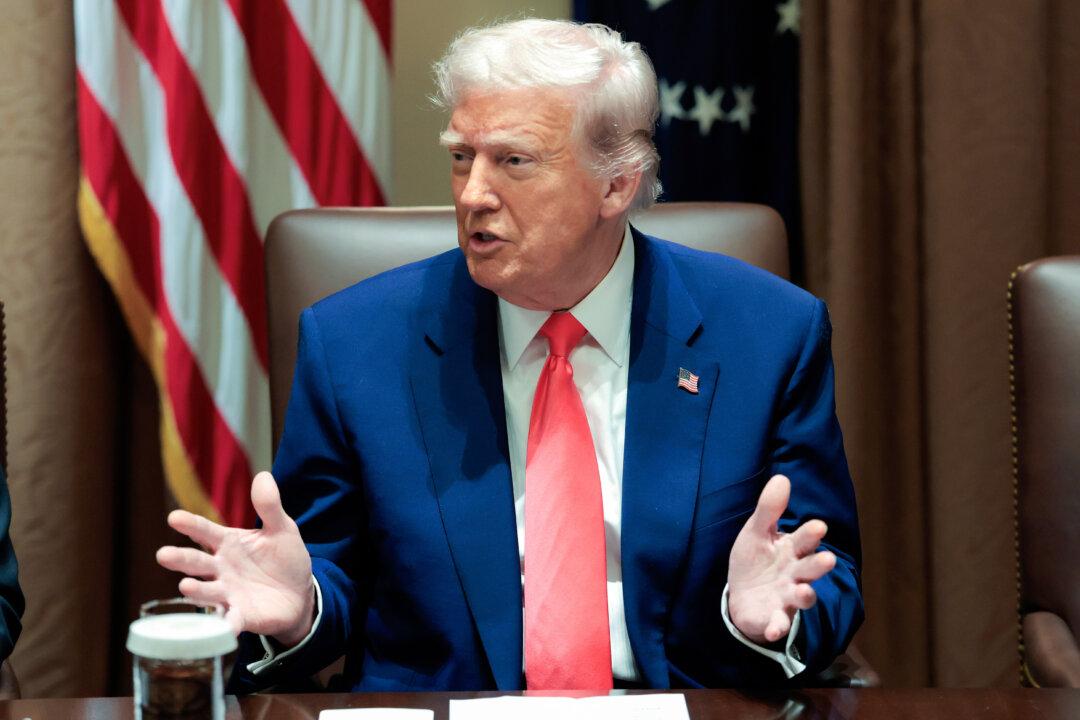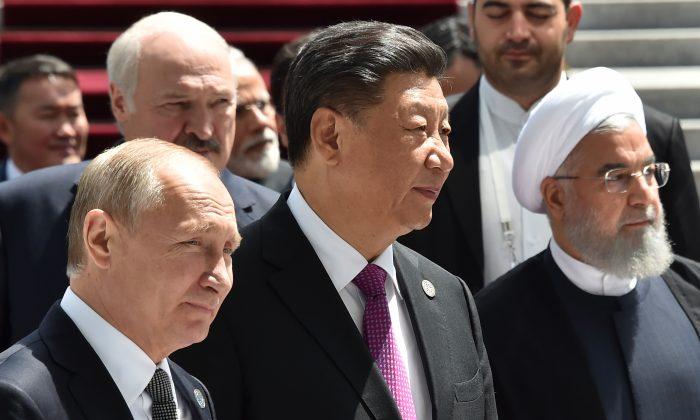Commentary
The Trump administration’s reciprocal tariffs have engendered stock markets to panic and U.S. trading partners and Trump’s domestic political opponents to complain about harmful “trade wars.” Some partisan economists have
compared Trump’s tariffs to the infamous
Smoot-Hawley tariff of 1930, which is often blamed for prolonging the Great Depression, although
Amity Shales among others have placed greater blame for this on FDR’s New Deal policies. What is missing from most of the reactions to Trump’s tariffs, however, is an appreciation for their contribution to the administration’s larger geopolitical strategy.
Trump’s tariffs should be viewed in the context of the administration’s overall geopolitical approach to the world, which includes a reinvigoration of the Monroe Doctrine, limiting U.S. involvement in the Middle East conflicts and the Ukraine war, triangular diplomacy with Russia and China, and a pivot to the Indo-Pacific. Trump is using economics as a tool of statecraft. It is a time-honored tradition extending back in this country to Treasury Secretary
Alexander Hamilton’s promotion of tariffs to encourage domestic manufacturing but not to impose
protectionism. Congress enacted most of Hamilton’s proposed tariffs which were described as moderate.
Trump’s Treasury Secretary
Scott Bessent has invoked Hamilton to explain the importance of the tariffs for raising revenue, encouraging domestic industrial production and jobs, and to negotiate fairer trade with both allies and adversaries. Bessent expressly links the tariffs to Trump’s foreign policy objectives, including “getting allies to spend more on their own defense, opening foreign markets to U.S. exports, securing cooperation on ending illegal immigration and interdicting fentanyl trafficking, or deterring military aggression.” This is economics in support of geopolitics, which some scholars and strategists have called “geoeconomics.” Hamilton was arguably our nation’s first geoeconomic strategist, whose promotion of tariffs complemented the realist foreign policy that President George Washington conducted during his eight years in office.
Washington, at Hamilton’s urging and against Thomas Jefferson’s advice, pursued good relations with Great Britain, our former enemy, and refused to side with France, our treaty-bound ally, in its conflict with the British Empire. Washington’s Farewell Address, which Hamilton greatly contributed to, combined with Hamilton’s tariff policy was an example of America First economic and foreign policy nationalism, and serves as a model for Trump’s economic and foreign policies today. But it is not the only such model.
The historian Paul Kennedy wrote brilliantly about the interaction between economics and foreign policy in “The Rise and Fall of the Great Powers.” Kennedy described the interaction as follows:
“[W]ealth is usually needed to underpin military power, and military power is usually needed to acquire and protect wealth. If, however, too large a proportion of the state’s resources is diverted from wealth creation and allocated instead to military purposes, then that is likely to lead to a weakening of national power over the longer term.”
Hamiltonian-style geoeconomics, for example, was practiced in the 1600s by
Jean Baptiste Colbert, France’s finance minister under Louis XIV. Colbert used taxes and tariffs to promote domestic manufacturing and production in the service of French security. Colbert’s policies enabled France to develop a powerful navy and to improve France’s domestic infrastructure. What ultimately undermined Colbert’s achievements was the expansionist foreign policy of Louis XIV which brought forth coalitions of opponents that eventually drained Louis’ treasury in successive wars. Trump’s foreign policy approach more resembles Washington’s and Hamilton’s than Louis XIV’s.
The economics of statecraft was essential to our victory in the Second World War, as Arthur Herman writes about in his marvelous history “
Freedom’s Forge.” The “remarkable mobilization of American industry, technology, and material production,” Herman notes, enabled the United States to become the arsenal of victory. At a time when China’s shipbuilding capacity is more than 200 times that of the United States, Trump’s policy of reindustrialization can’t happen too soon.
Hamiltonian-style geoeconomics also informed the Reagan administration’s successful strategy that won the Cold War. In two national security directives—
NSD-66 and NSD-75—the Reagan administration set forth a geoeconomic and geopolitical strategy to bring down the Soviet empire. Although the strategy did not involve tariffs as such, it did include rigorous trade restrictions on strategic technology. Reagan also used energy prices and a military buildup (including a 600-ship navy) to put additional pressure on the Soviet economy. Reagan’s National Security Adviser William Clark noted that the economic part of the strategy was key because that is where the Soviet Union was most vulnerable.
Shortly after the end of the Cold War, the strategist Edward Luttwak wrote “
The Endangered American Dream” which emphasized the need for the U.S. to focus on geoeconomics as a tool of geopolitical strategy. This was a book whose observations Chinese leaders seemingly paid careful attention to but that American leaders neglected. Trump appears to instinctively understand Luttwak’s point, which the respected strategist repeated the other day on
X: the tariffs are designed “to rebuild US industries greatly diminished by the reckless pursuit of unlimited globalization, by giving them tariff protection” because “reindustrialization is a must, eg no US Navy without shipbuilding.”
Those who view Trump’s tariffs in isolation are missing their true purposes. They are part of an overall America First strategy to promote manufacturing and reindustrialization at home in support of national security objectives abroad. While the immediate rhetorical reactions from world leaders have been negative, as
CBS News reports, many world leaders—including the critics—are looking to negotiate new trade deals with Trump. After all, why should United States’ products face tariffs abroad while we refrain from imposing reciprocal tariffs on foreign goods. Free trade means fair trade. Trump means what he says: America comes first.
Views expressed in this article are opinions of the author and do not necessarily reflect the views of The Epoch Times.





